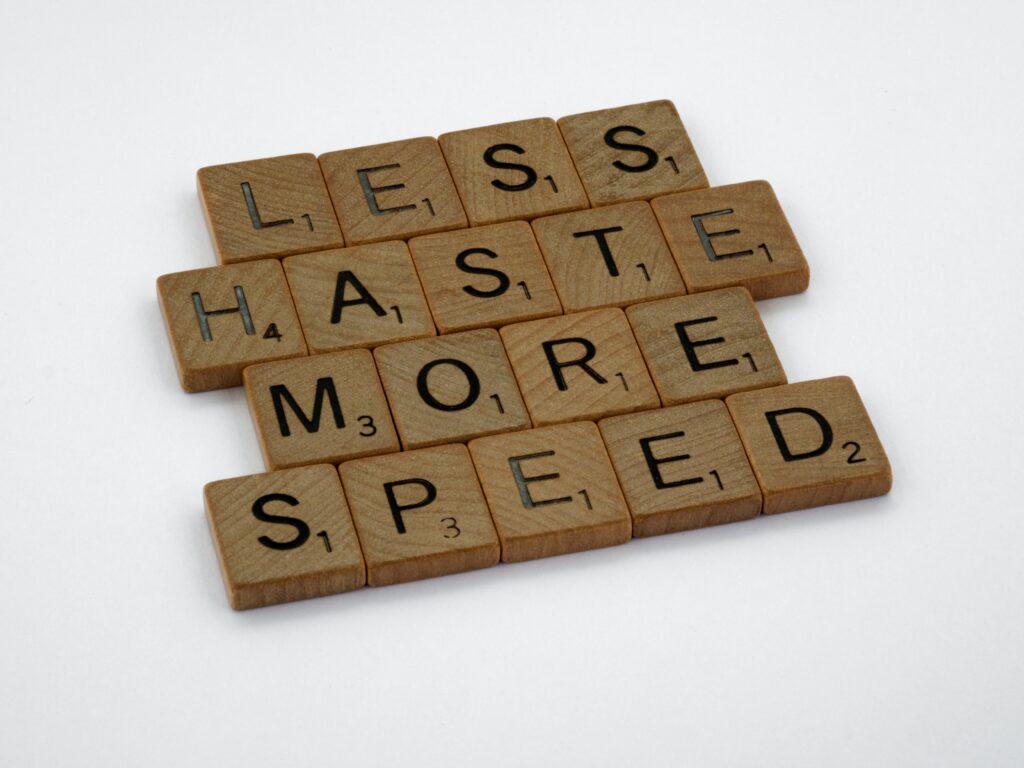Master Tapering For Your Race

Your ‘A’ race is coming up. The upcoming week of your training plan indicates that it is time to taper. Is it time to freak out and get the taper crazies or will you lean into those couple of weeks? It’s time to be prepare to master tapering for your race.
A lot of athletes fear this time in their training plan. They believe that they will somehow lose all of the fitness they’ve gained over the past few months or even a year. This couldn’t be farther from the truth.
An athlete’s fitness is gained during the recovery cycle of their training. Tapering can be viewed as a recovery component of your race training. This isn’t to say that you’ll gain fitness but in these weeks you will look to maintain the fitness you’ve built.
Following, you will find out what tapering is as well as some techniques for tapering. In addition to that, I will provide you with common mistakes to avoid during taper. By the end of this article, I hope that you are in love with the taper crazies the way that I am.
What Is Tapering?
Tapering is the process of reducing training volume and intensity in the weeks leading up to a competition or event. The purpose is to allow your body to recover and repair from the stresses of training, while maintaining or even improving fitness and performance levels.
Tapering can help you reach your peak performance by ensuring that you are well-rested and mentally and physically prepared for the competition. Consider all the early wake up calls that you wished would stop. Now they are going to because you are looking to maintain fitness and not gain fitness. Less volume and less intensity will help you be prepared to race on race day.
Your specific tapering plan will vary depending on you, the event, and other factors.
Master Tapering For Your Race
Various Tapering Techniques
Gradual Reduction: This involves gradually decreasing training volume and intensity over a period of several weeks leading up to the event. The athlete typically reduces training volume by 10-20% each week, while maintaining the same intensity.
Maintaining Intensity: Using this technique you will reduce your training volume, but maintain the same intensity or even slightly increases it. The idea is to keep the body used to the high-intensity demands of the event while allowing it to recover from the physical stress of training.
Rest Days: Rest days are a critical part of tapering. These days allow your body to recover and repair from the stress of training, while maintaining fitness levels. The athlete may increase the number of rest days leading up to the event to ensure they are well-rested and mentally and physically prepared.
Shorter Workouts: As you taper, you will reduce the length of your workouts, while maintaining the same intensity. For example, a runner may reduce the length of their long runs, while maintaining their pace.
High-Intensity Intervals: Some athletes may incorporate high-intensity intervals into their tapering plan to maintain fitness and performance levels while reducing training volume. This can involve short, intense workouts or sprint intervals.
It’s important to note that the specific tapering plan will vary depending on you, the event, and other factors. It’s important to know how you’ve tapered in the past and what has transpired. Working with a coach or trainer to develop a plan that works best for you may be the best way to prepare for your taper week(s.)
Common Mistakes To Avoid When Tapering
Reducing Training Too Soon Or Too Much: This can lead to detraining and a loss of fitness and performance. It’s important to follow a gradual tapering plan and to listen to your body.
Neglecting Recovery: It’s important to prioritize recovery and rest to allow the body to recover and repair from the stress of training. This may mean that the easy run you had planned gets skipped. That’s OK because adding stress to your life isn’t going to help you prepare for race day.
Changing Nutrition Habits: Changing nutrition habits during the tapering period can have negative impacts on performance. It’s important to maintain a balanced diet with adequate nutrients to support recovery and performance.
Trying New Equipment Or Techniques: The tapering period is not the time to try new equipment or techniques. Stick with what has worked during training and previous events to avoid any negative impacts on performance.
Avoid these common mistakes and ensure that you are well-rested while being prepared for the event. This can lead to peak performance.
Balance And Taper To A Successful Race Day
Tapering for an endurance event is a delicate balance between reducing training volume and intensity while maintaining fitness and performance levels. You must be careful not to reduce training too much or too soon, as this can lead to detraining and a loss of fitness and performance.
On the other hand, neglecting recovery during the tapering period can also have negative impacts on performance. The key to successful tapering is to follow a gradual tapering plan. Be sure to prioritize recovery while maintaining a balanced diet with adequate nutrients to support recovery and performance. Avoid trying new equipment or techniques during the tapering period and maintain focus on mental preparation for the event.
By carefully balancing these concepts, athletes can achieve peak performance on race day. Learn to master tapering for your race and set PRs at your next event.










